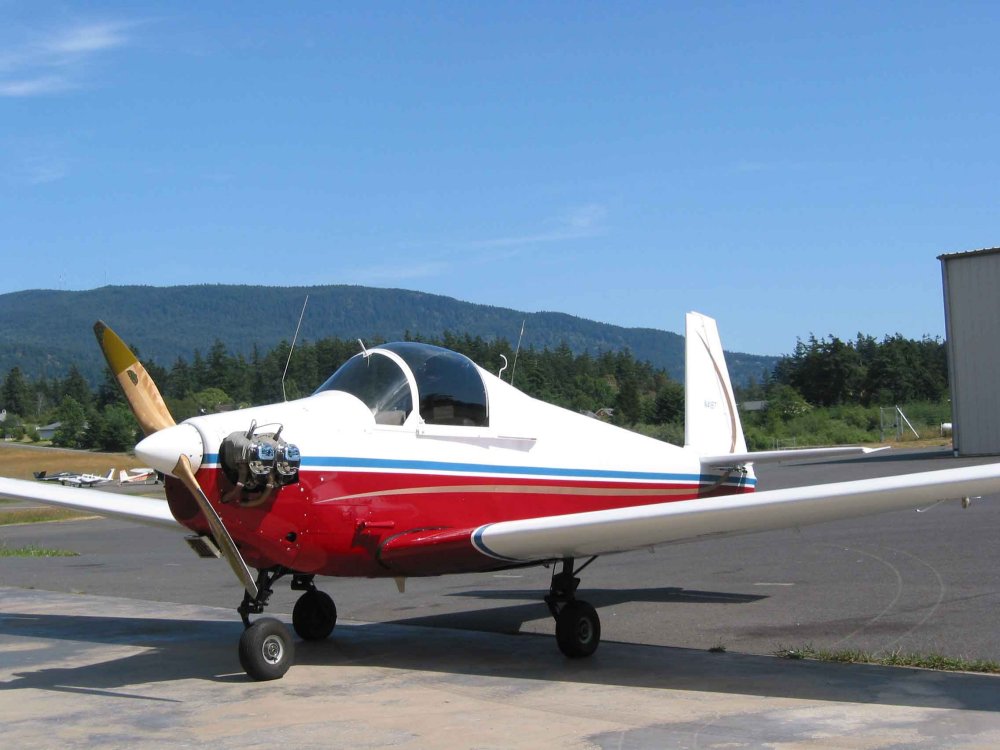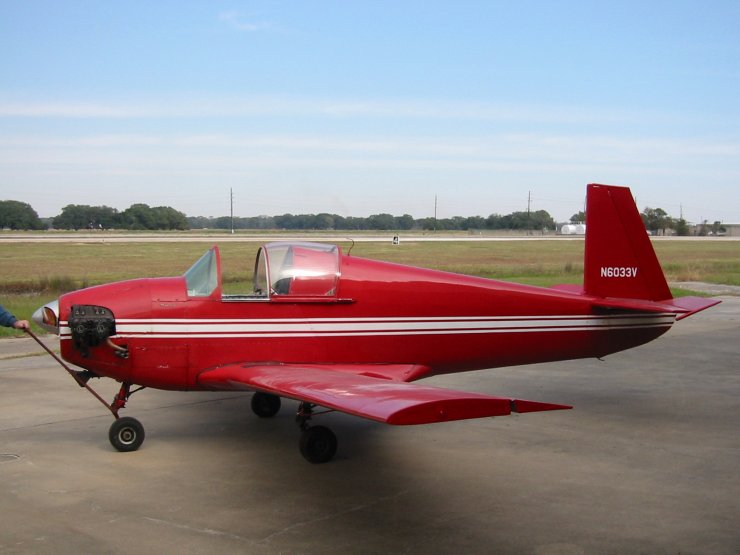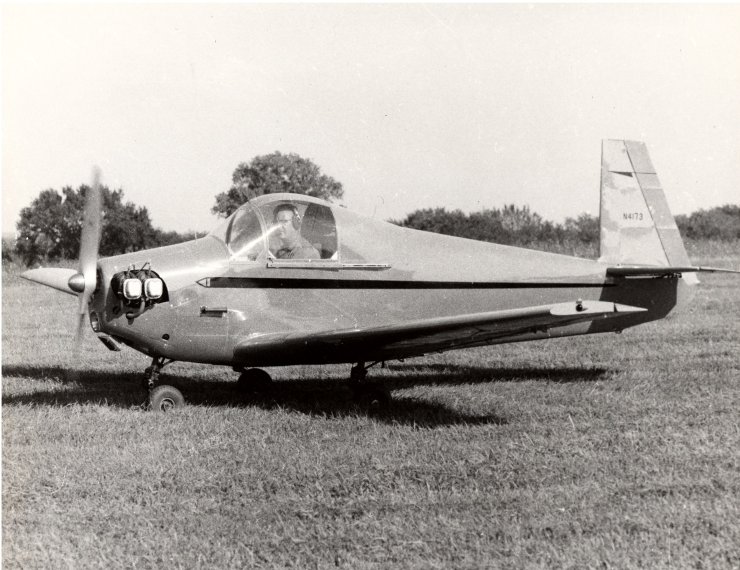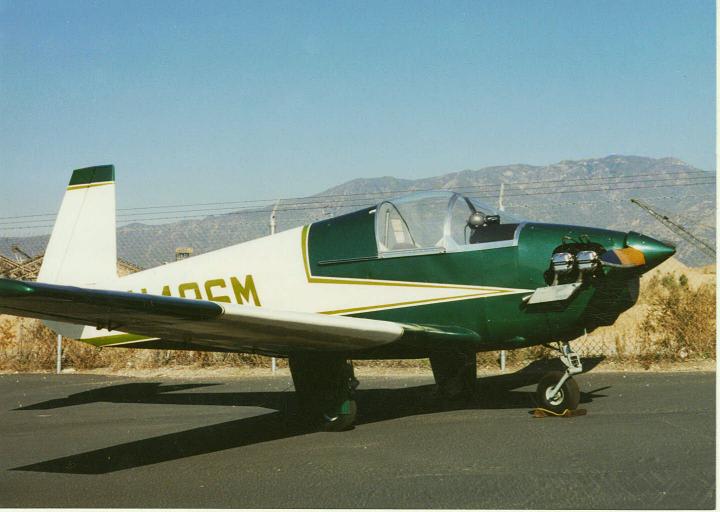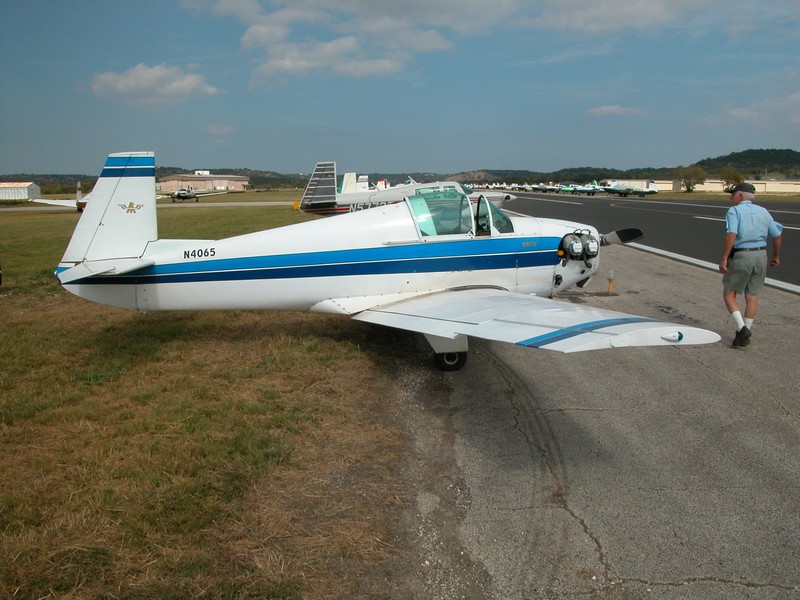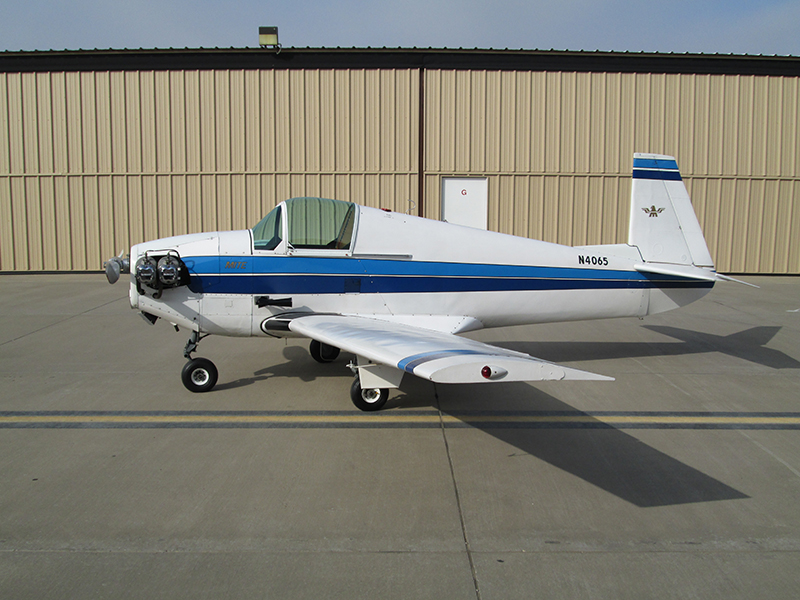| Mooney Mite M-18 | Photo Gallery | ||
|---|---|---|---|
|
| |||
| Designed by Al Mooney and certified in 1948, the Mooney Mite is a low-wing, single-place, fabric-covered monoplane of mainly wood construction, designed for the general aviation market that offered extremely low operating costs. It is a fast, responsive performer and much-loved by the select few who own them. Five different models were built between 1948 and 1955: the M-18 (1948); the M-18L (1949); the M-18C (1950); the M-18LA (1951); and the M-18C-55 (1955). The L models were powered by 65 hp Lycoming engines, and the C models by 65 hp Continental engines. In 1953, the M-18C and the M-18LA were marketed as the "Wee Scotsman" to capitalize on the Mite's unmatched operating economy which was less than a penny a mile and was said to be the most efficient airplane of its day. It can land or take off in less than 300 feet and climb at over 1000 feet per minute. Improvements in the performance of the aircraft eventually gave the M-18 a top speed of over 140 mph and a service ceiling of 19,400 feet. Factory production of the Mite ended in the 1955 when the Mooney Corporation began production on the four-place M-20. As of February 2017, 140 Mites are still in existence and approximately 60 Mites still airworthy. A total of 283 Mites were built. Wingspan 26.8 feet, length of 17.7 feet, empty weight of 520 pounds, maximum weight of 850 pounds with a range of 350 miles. | |||
Return To Gallery Index.
© The Aviation History On-Line Museum.
All rights reserved.
Posted April 20, 2022.

